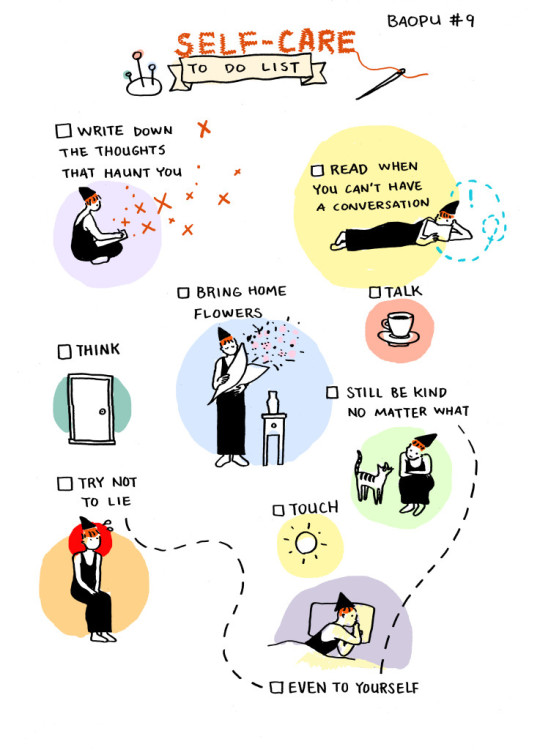book nomad and collector of quirky, beautiful, unusual, but also simple things. find me in GOODREADS. ♥
Don't wanna be here? Send us removal request.
Photo


“You don’t know a thing about me. Where I’m from. What I’ve seen.”
3K notes
·
View notes
Photo


“Show me, Grandfather, and I will finish what you started.”
5K notes
·
View notes
Photo



Just some notes 📝📝📝 one more day until my break, I can’t wait!!!🙆♀️🙆♀️🙆♀️
(DAY 9/100 OUT OF ONE HUNDRED DAYS OF PRODUCTIVITY)
6K notes
·
View notes
Photo






@sixofcrowsnet heist: personality traits
“brick by brick, i will destroy you.”
927 notes
·
View notes
Photo




Inej Ghafa /in-ezh guh-fah/
member of the Dregs; spider and secret-gatherer; also known as the Wraith
1K notes
·
View notes
Photo




@sixofcrowsnet heist ♤ personality: inej as the protector
Stop treating your pain like it’s something you imagined. If you see the wound is real, then you can heal it.
1K notes
·
View notes
Photo
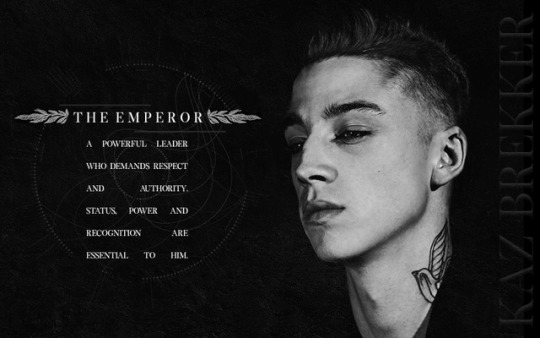
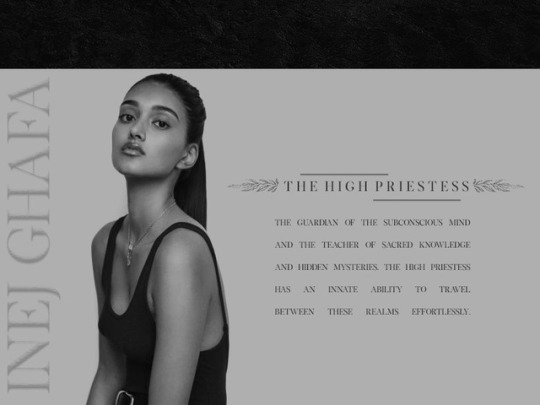
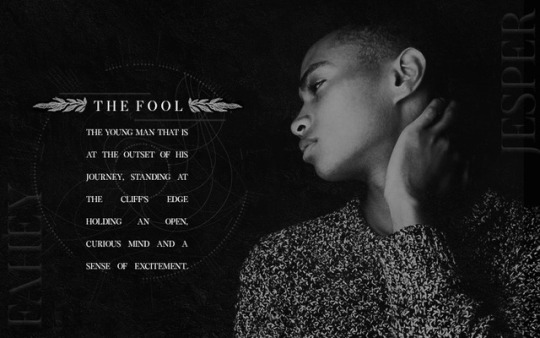
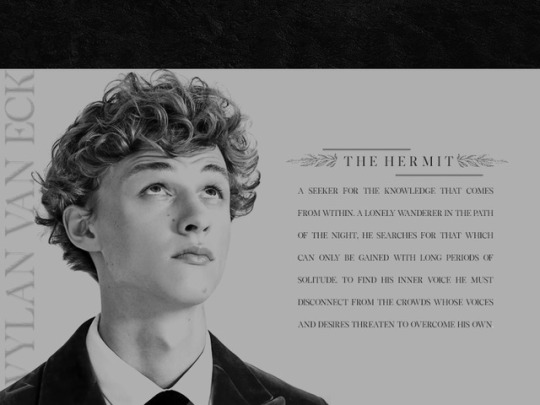
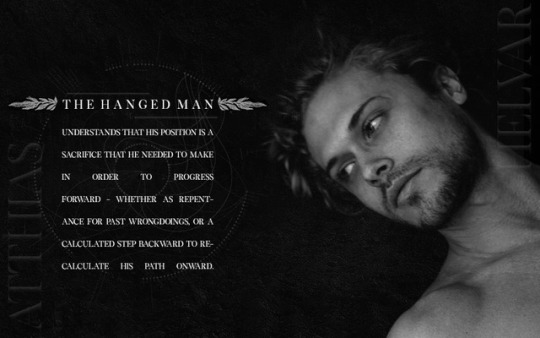

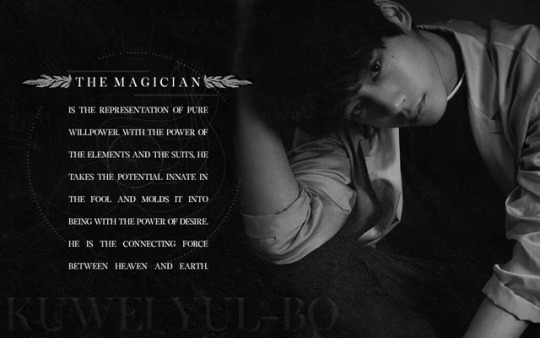
@sixofcrowsnet heist: personality traits the seven as tarot cards
“what bound them together? greed? desperation? was it just the knowledge that if one or all of them disappeared tonight, no one would come looking?”
2K notes
·
View notes
Text





the grishaverse, by leigh bardugo
↳ countries: novyi zem, fjerda, the wandering ⠀ ⠀ ⠀ ⠀ ⠀ ⠀ isle, ravka, kerch
4K notes
·
View notes
Photo



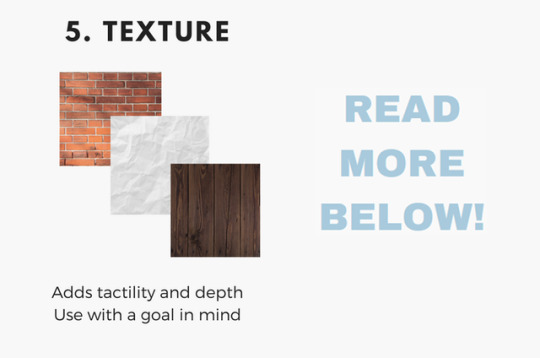

A lot of you have been asking how I go about making my graphics, i.e. how I do graphic design, so I thought I’d make a guide - or perhaps a series of guides if you would like - on how to design graphics! First off, I’d like to introduce you to the fundamental elements of graphic design, and hopefully this will help you gain a new perspective. and improve your own design skills.

Lines are structures that connect two points. They make up everything that we see, even the letters and characters we read every day. But more often than not, we take them for granted. In reality, lines are one of the most rudimentary components of graphic design, and they serve to channel ideas and emotion.
Lines can:
Organize pieces of information or elements on a page
Serve as guidelines to lead the viewer’s eye
Provide movement such as using wavy lines to represent moving water
Emphasize certain parts of the page
Set a mood, such as how straight lines evoke order and neatness while zig-zags convey excitement and tension

A shape is any two-dimensional area with a recognizable boundary. They can add interest to designs (such as in backgrounds), organize visual content, and be used to make illustrations.
Shapes exist in three categories:
Geometric shapes are regular shapes like circles and squares
Organic shapes are more freeform, such as a blob or a leaf
Abstract shapes have a recognizable form but are not exactly natural shapes, such as alphabet glyphs, spirals, and stick figures
When brought together, these shapes can form helpful illustrations that will help convey meaning to your work or add some decoration to it.
The effects achieved by the shapes are determined by its form, color, size, and other characteristics. For example, triangles often show excitement and risk, while circles are seen as eternal and often feminine.
In the example illustration below, which is one of my January wallpapers, I use triangles to convey a feeling of vivacity and excitement.

Different shapes may also be used to structure content or create a layout, making it easier for the user’s eyes to find information. This is often the case in blogs and websites.

Color can be used to make an image stand out, convey information, enhance meaning, or group things together, but how do you know what colors ‘fit’ together? When you’re starting out, you might find it easier to look for color schemes from pinterest or wherever you can find inspiration. It also helps to look for images or photographs that evoke the same vibe you’re going for, and then using a similar color scheme.
But what if you want to make a palette yourself? Learn color theory!
Before I elaborate, here’s some terminology for you:
Hue is the color itself
Value is how dark or light the color is
Saturation is the intensity of the color
Now, how do you go about making a color scheme? Here are some types of color schemes you should know about:
Monochromatic color schemes only use one hue but vary in value and saturation.
Analogous color schemes use colors adjacent to each other on the color wheel, such as red, orange, and yellow, or blues and greens.
Complementary color schemes use colors opposite each other on the color wheel. To add complexity, play with the value and saturation of these colors.
Split complementary color schemes use colors on either side of the complement.
Triadic color schemes use three colors that form an equilateral triangle on the color wheel. These are often very stark and in-your-face, so you might want to use this type of color scheme in moderation.
Tetradic color schemes use four colors that form a rectangle on the color wheel. These are more effective if one color serves as the main color and the other three colors are just accents.
When choosing a color scheme, the main thing you should keep in mind is balance. Using fewer colors means it’ll be easier to balance and thus it is less likely that the piece will appear messy and discordant.
Color has the power of evoking emotions and moods, and each hue and shade has certain connotations associated with it.
In the illustration below - which is part of my April wallpaper set - I use the color green to convey the safety and familiarity of the comfort zone. The color red, on the other hand, shows risk and danger, but it also represents the courage required to get out of the comfort zone.
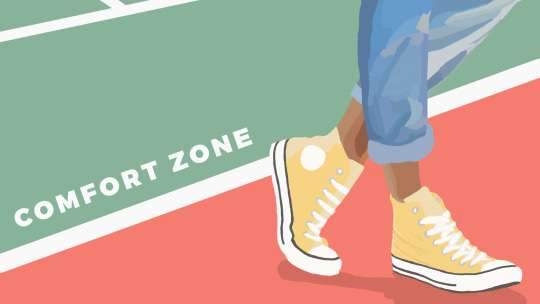
So the next time you’re thinking of what colors to use in your project, think of what kind of message you want the audience to receive.

Like the other elements we’ve discussed so far, type conveys meaning beyond what is written. Type can communicate a mood, style, vibe, or feeling. A curly or script font might appear fancy and extravagant, while a handwritten font may seem raw and playful.
Different types of fonts are also suitable for different contexts. For example, sans-serif fonts are more readable on screen while serif fonts are more readable in print. Display fonts, on the other hand, tend to be fancy and decorative, and thus should only be used for small amounts of text, like titles.
Audience and purpose also serve a role in deciding what fonts to use. Large, bubbly text is suitable for a children’s birthday party invitation but probably not for a business card.
In graphic design, different fonts are often used in tandem with each other. The main principle or rule behind this is that you should choose fonts that complement each other. Large, bold fonts should be paired with small, subtle fonts. Oftentimes, you’ll have to rely on your instincts, and that’s okay.
Remember, though, that you wouldn’t want to overwhelm your readers by using too many fonts. Stick to one or two per project. To add variation, change the weight or style of the existing fonts.
Finally, your text would be more effective if you establish some sort of visual hierarchy. This essentially means sorting out your text in order of importance, using different typefaces and fonts. This includes adding a certain weight (or boldness) or increasing the size of texts that are more significant.
In the title graphic below, the word “podcasts” is handwritten and larger than the rest of the title because that’s what I want to draw attention to, so that readers know what the post is about. My name, on the other hand, is smaller than the other texts.
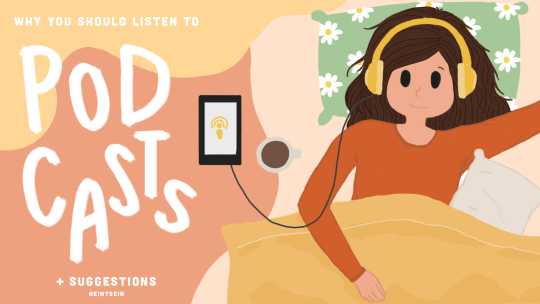

Texture adds tactility and depth and can also be used to evoke a certain feel. In this graphic from my March desktop wallpaper, I used a tape texture and a paint texture to achieve a scrapbook-y vibe.

Some other common textures used in designs are foil, watercolor, and paper textures. Although there are many textures to experiment with and choose from, you should also be careful not to overwhelm your viewers with too many textures in one piece.
Lines, shapes, color, text, and texture are the five basic elements of graphic design, and by understanding how these elements work together, you’ll be able to make more effective designs.
Now, the question is, do I think deeply about all of this when I make my designs? To be honest, not really. A lot of my designs are instinctual, but knowing the theory behind what I’m doing has helped me improve those instincts, and you can do the same!
That’s all for now. Hope this helps, and let me know if you would like me to continue the series or if this brief blog post is enough. Happy designing :)
Disclaimer: I’m not a graphic designer, just a stressed-out senior who sometimes likes to design and stuff.
9K notes
·
View notes
Photo
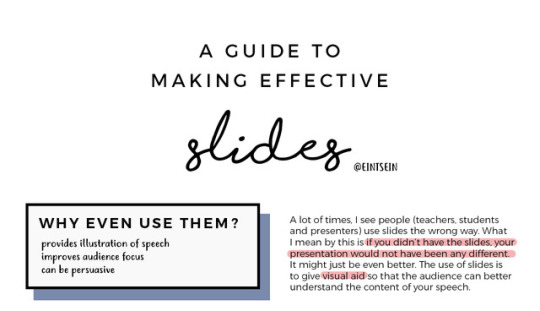








A GUIDE TO MAKING EFFECTIVE SLIDES aka how to create presentation slides that actually improve your presentation
By Eintsein
(apologies for the variation in image quality. idk what went wrong with tumblr)
38K notes
·
View notes
Photo



Just some notes 📝📝📝 one more day until my break, I can’t wait!!!🙆♀️🙆♀️🙆♀️
(DAY 9/100 OUT OF ONE HUNDRED DAYS OF PRODUCTIVITY)
6K notes
·
View notes
Photo




poetry annotation? never heard of her …….. and yes there’s a method to the madness! drop me a message if you want to know how 😗
11K notes
·
View notes
Text
Popular apps perfect for students
Staying on top of all your to-dos, errands, tasks and due dates can get complicated but luckily there is an app for everything! If you’re looking for app to wake you up in a morning, manage your priorities or soothe your anxiety, you’ve come to the right place. Here is a list of all the top apps that students are using:
Organisation
Wunderlist
Planner Pro
24me
Remember The Milk
Google Calendar
Pocket Schedule - Class Schedule, Homework Planner
AwesomeNote2 - All in One Organiser
AnyList
The Homework App - Your Class Assignment & Timetable Schedule Planner
My Study Life
Calendars by Readdle - Event and Task Manager
Class Timetable
Countdown+
Due - Reminders, Countdown Timers
Do! - The Best of Simple To Do Lists
Workflow: Powerful Automation Made Simple
Glass Planner
Day One Journal
iStudiez Pro
Awesome Note 2
Grammarly
Konmari
Productivity
RescueTime
Streaks
Forest
ToDoIst
Tide - Stay focused, be peaceful
Focus Keeper
Habitica
Productive habits and daily goal tracker
HabitBull (recommend by @ravn-studies)
BrainFocus (recommend by @ravn-studies)
Toggle Time Tracker (recommend by @ravn-studies)
Self Control
Jot - Notes Widget
Swipes - To Do List
ClearFocus: Productivity Timer
Noisli
Binaural beats
Lanes
Note taking
Microsoft OneNote
Evernote
Quizlet
Notability
Byword
Flashcards+
Goodnotes
Outline
Boximize - Structured notetaking, personal database, form builder, manager and organiser
INKredible (recommend by @lottestudiesphysics)
RefME - Referencing Made Easy
Bear (recommended by @revisionsandcoffee)
InkFlow Visual Notebook
Studying
Quizlet
Flashcards+
Duolingo
Khan Academy
Xmind
Writer
Studyblue
Coffitivity
Prezi
MindMeister
Hemingway Editor
StudyStack
Crashcourse
Shmoop
Beelinguapp
Brightstorm
Coggle mindmaps
Mindly
AnkiApp
Sleeping
Sleep Cycle Alarm Clock
Sleep Genius
Rain Rain
Pillow: The sleep cycle alarm clock for sleep tracking
Sleepytime Sleep Scheduler
Mental health and self care
Headspace
Stop, Breathe & Think: Meditation and Mindfulness
Pacifica - Anxiety, Stress, & Depression relief
Centered
Buddhify
Calm: Meditation techniques for stress reduction
Moodnotes - Thought Journal/Mood Diary
Colorfy
7 Cups Anxiety, Stress & Depression Chat & Therapy
Companion
Smiling Mind
Bsafe
Circle of 6
Health and fitness
Sweat with Kayla - Fitness & Bikini Body Workouts
Yoga Work Out
Freeletics
7-minutes workout
Waterlogged - Drink More Water, Daily Water Intake Tracker and Hydration Reminders
Sworkit (recommend by @leviosa-studies)
Medisafe pill reminder
Plant Nanny Water Reminder
Mealboard
Finance
UNiDAYS
Pocketbook Personal Finance Expense Tracker
Splitwise - Split bills and expenses the easy way
Pocket Expense - Personal Finance Assistant
Daily Budget Original Pro - Saving Is Fun!
Fudget: Budget planner and personal finance tracker
MoneyBrilliant - Personal Finance
Mvelopes
PocketGuard
Mint
The Coupons App
Groupon
Ebates
Hope this helps! x
64K notes
·
View notes









